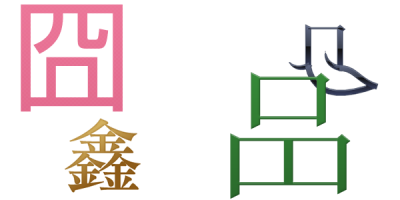When we can imagine a specific profile (age, gender, occupation, status, era, features, appearance personality, etc.) from a specific language usage (vocabulary, wording, expressions, intonation, etc.), or when we are presented with a specific profile and can imagine the type of language people of that profile will probably use, this is called Role Language (yakuwarigo).
[KINSUI Satoshi, “Va–charu Nihongo Yakuwarigo no Nazo” (Iwanami Shoten 2003)]
This is Dr. Kinsui’s definition of “Role Language,” a topic we have taken up before (see part 28). Although the expression “Role Language” contains the noun “role,” the concept is defined in a form removed from teleology. As I am ever vigilant against teleology (see parts 35, 36 and 37 of this series), I can accept this definition with little resistance. It is under Dr. Kinsui’s influence that I refer to “washi” (I) as “Role Language.”
While I follow Dr. Kinsui’s example in using the expression “Role Language,” I do not generally refer to what he calls “personal representation” as such; rather, I usually call it “character.” As an example, we will look at an educational comic:
Cat: You can find a kanji’s radical by taking it apart, nyan!
Dog: Why would you take it apart, wan?!(1)
[MANGA Jukutaro (Author) & ODA Etsubou (Illus.) “Manga dakedo Honkakuha: Kanji no Oboekata Kanwa Jiten [Bushu] Kooryakuhoo” (1997, Taiyou Shuppan) p. 15]
I was worried by the use of the word “personal,” as it is not always easy to call the entities who use this language “people” in the world of manga, like the cat (“You can find…nyan!”) or the dog (“Why… wan?!”), or furthermore the caterpillar Kemunpasu in Osomatsu-kun(2) who introduces himself “Kemunpasu de yansu” (I’m Kemunpasu).
But a larger consideration is that the connections between language and “personal representation” are not limited to this third connection (which is expressed by Dr. Kinsui’s definition); there are various kinds of connection. I adopted the term “character” in order to address these connections as a whole, while also distinguishing them individually.
Let’s arbitrarily call characters labeled as a result of their speech behavior, like the “senior citizen” that is indirectly expressed through Role Language, “speech characters” to distinguish them from the simple “labeled characters” and “expression characters,” which are related to the second kind of connection and which we will address next time. Dr. Kinsui focuses particularly on the [speech behavior/performer of speech behavior] connection (the third type), in which Role Language and “Speech Characters” are defined as a set.
* * *









(1) For an explanation of nyan see part 1 of this series. Wan is the Japanese interjection for the cry of a dog (i.e. “woof,” “bow-wow” etc.).
(2) Another of Fujio Akatsuka many popular manga series.